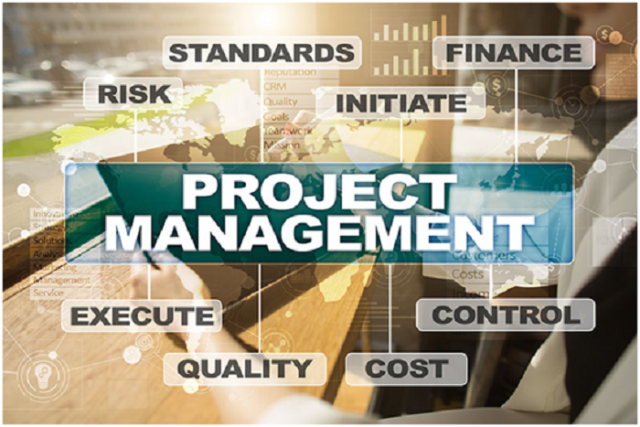Tips For Connecting Business Strategy With Project Management
There’s a point in each entrepreneur’s career when question has to be asked – rigid or agile, steady or fluid? As a company outgrows its roots and starts moving in a favourable direction, does it benefit more from long-term strategizing or from short-term project Management planning? Is it possible to have both?
When market demands, and trends are fluctuant, aligning business strategy with project management is not only possible, it’s necessary. Here’s how to connect them for the most favourable outcome.

Building a Hybrid Structure
The difference between a traditional functional organization and a projectized one is huge – while first insists on a structure of siloed departmental functions and hierarchical reporting levels, the second enjoys some collaborative freedom.
In first case, project management “borrows” employees from various departments, thus creating “dream teams” for one-off jobs. In second case, project managers are figures of greater authority. Regardless of which department an employee belongs to, they answer to project managers directly.
An organization that combines these two structural types functions as a hybrid of both. It establishes long-term plans, objectives, and priorities too, but it follows them less rigidly. The main strategy here changes often in accordance to current demands, which are met with project deliverables.
If the value of project trumps the value of overall plan, the strategy then aligns accordingly.
Revisiting Plans, Frequently and Together
The problem with traditional functional organizations is that long-term strategic plans mostly exist for senior management to revisit them once in a blue moon. They provide a valuable roadmap, in terms of both budget and resource allocation, but they are rarely flexible enough to meet current demands.
By switching to a hybrid model, your organization would no longer have to miss out on lucrative opportunities by adhering to formal objectives. But in order to make this model work, the plans would have to be revisited more frequently, and not only by executive directors.
Project managers would need to have a say in long-term strategizing too, or at least be allowed to change its course. In hybrid structures, senior management and project management have to work in perfect alignment – to communicate, collaborate, and be flexible enough to fit into the big strategy.
Questioning the Project Value
Still, it’s not only a strategy that needs to be fluid. Projects need to be re-evaluated at each consecutive phase as well, and their value for the overall business goal needs to be constantly questioned. Together with executive directors, project management has to answer the following questions:
- If our business priorities change, and with them changes the availability in budget, resources, and timeline, would any of our current projects be affected by it, and how?
- Conversely, how would our choices of future projects affect our company’s end-goal?
The answers will enable you to understand what has a bigger long-term value – a project, or a strategy. It goes without saying that this will require a thorough re-evaluation of both, just as well as an in-depth business analysis.
Finally, you’ll be able to conclude whether or not all of your current projects provide enough value, and whether or not they should be dropped in favour of something more beneficial.
Developing Action Plans
Once you have a clearer picture of where your organization is and where it needs to be, establishing steps for getting there will be much easier. With enough insight, you can develop action plans and make recommendation for changes, either in terms of project management or in terms of long-term strategizing.
It may happen that some projects will have to be eliminated for good, or that some objectives will have to be altered on the account of current projects. In either case, what’s important is that your organization will be committing its budget, resources, and time to what makes the most sense at the moment.
Aligning your business strategy with project management is not easy, but it’s certainly worthwhile. Though it will require some restructuring and plenty of collaborative brainstorming, a hybrid model will take your organization to a whole other level.
Author Bio :
Jacob Haney is a content marketer presently working with Research Optimus, a business research outsourcing company. A writer by day and a reader by night, he is loathed to discuss himself in the third person but can be persuaded to do so from time to time.

Leave a Reply